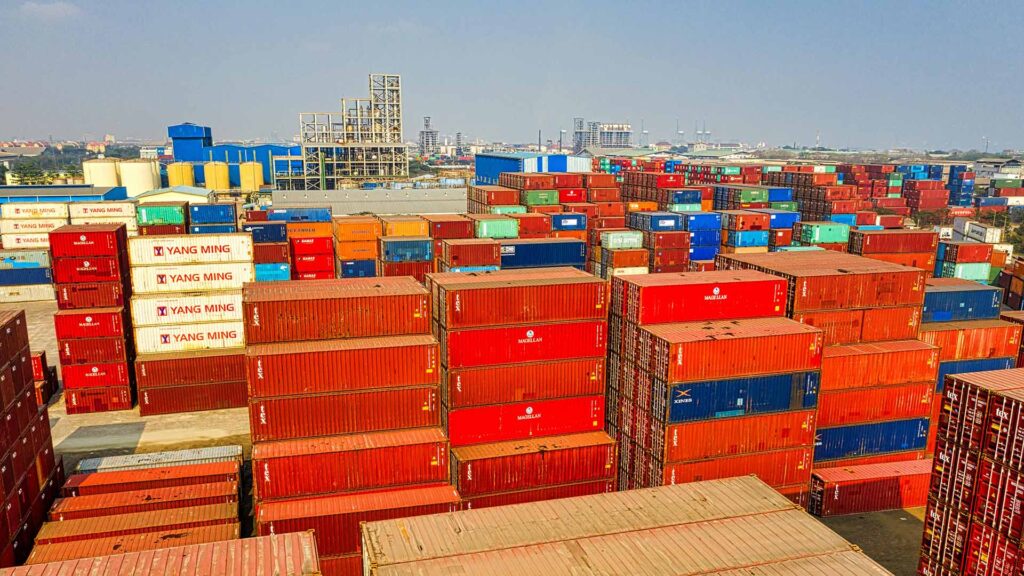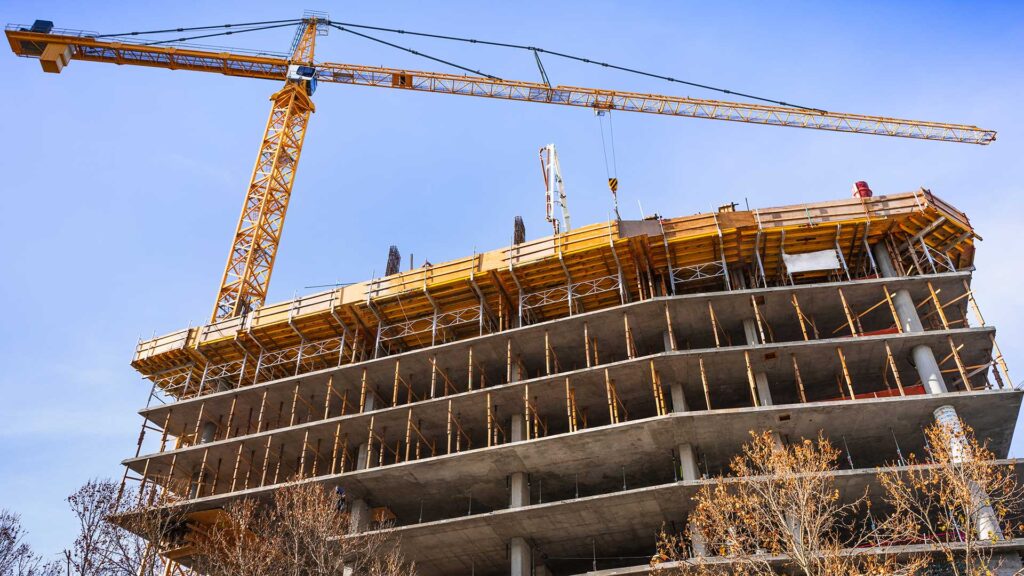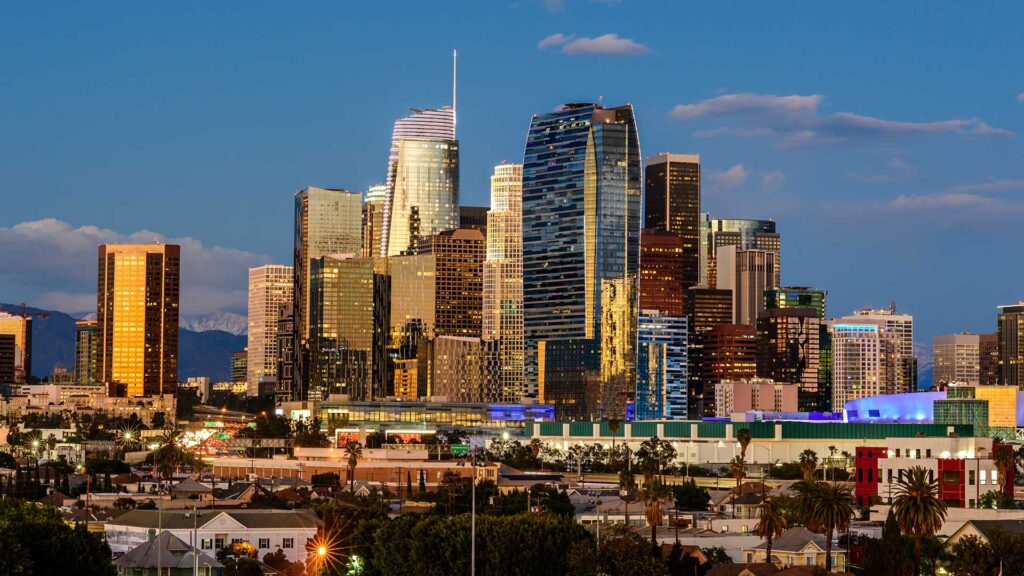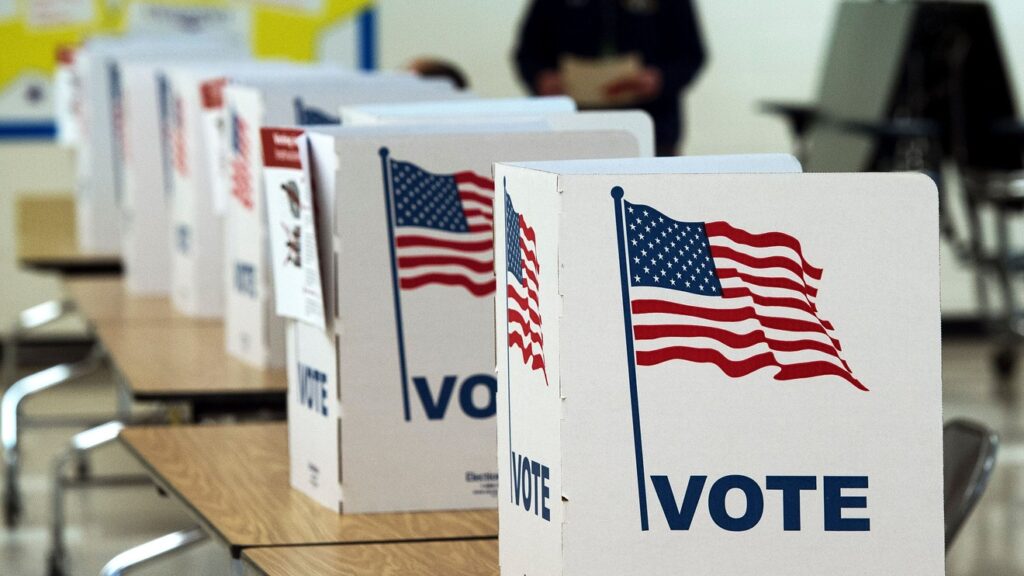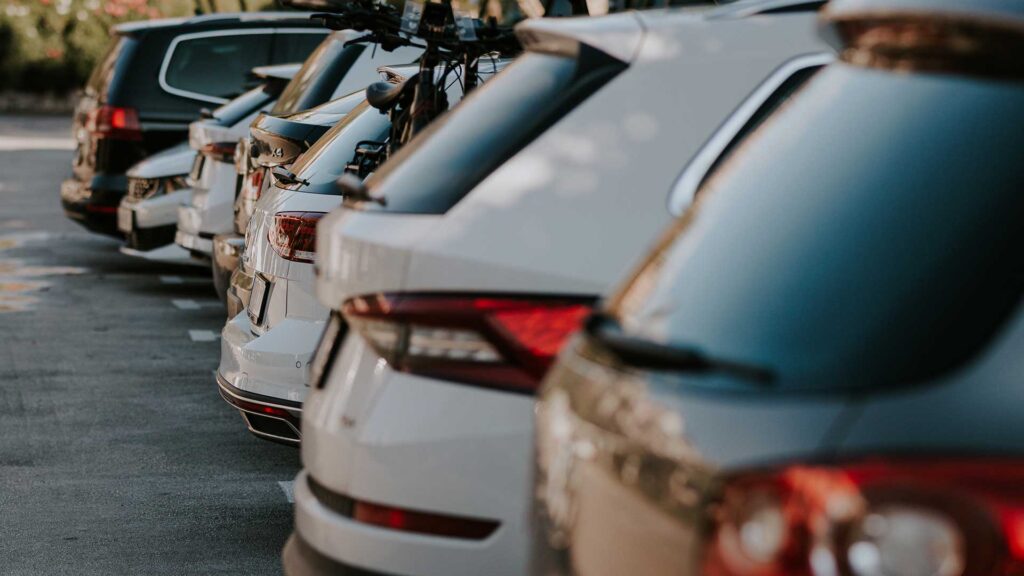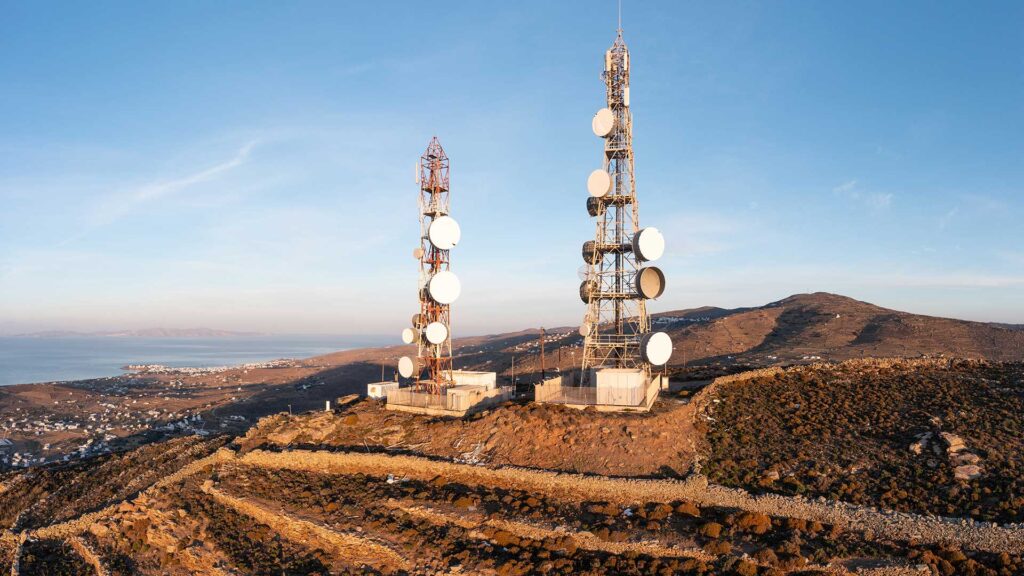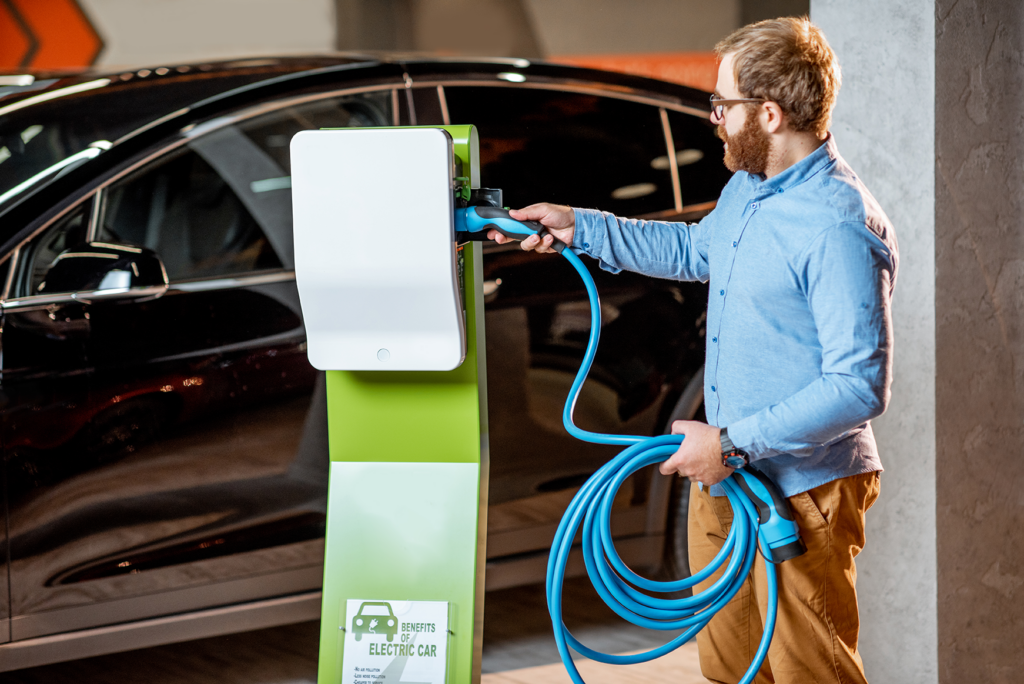The Controversy of Motorcycle Lane Splitting in California and Beyond: Legal but Misunderstood

Opinions on Lane Splitting
Lane splitting, also known as lane filtering, is a controversial topic that has sparked countless debates among motorcyclists, policymakers, and the general public. It refers to the practice of a motorcyclist riding between lanes of traffic to move ahead while surrounding traffic is stopped or slowed. Let’s delve into the various aspects of lane splitting to gain a better understanding of this practice.
What is Lane Splitting?
Lane splitting is the act of a motorcyclist maneuvering between lanes of traffic, often to avoid traffic congestion and reduce travel time. While the practice may seem risky to some, proponents argue that it can actually enhance traffic flow by utilizing the available space on the road more efficiently.
The history of lane splitting dates back several decades and has been commonly associated with California, where lane splitting is legal. Despite the benefits it offers, there have been ongoing debates regarding the safety and legality of lane splitting.
Among the benefits of lane splitting are reduced traffic congestion, decreased carbon emissions from idling vehicles, and allowing motorcyclists to navigate through traffic more smoothly. In several other countries, lane splitting is not only legal but encouraged, especially in metropolitan areas with reduced spaces for vehicles.
Is Lane Splitting Legal in California?
California is the only state in the United States where lane splitting is legal, provided that it is done in a safe and prudent manner. The legal requirements for lane splitting in California include maintaining a reasonable speed differential and avoiding excessive speeds while splitting lanes.
There are ongoing arguments both for and against legalizing lane splitting in other states. Those in favor argue that it can improve traffic flow and enhance safety for motorcyclists, while opponents raise concerns about the risks involved and potential conflicts with other vehicles. An often-overlooked factor in the lane splitting debate is that a significant portion of motorcycles, particularly Harley-Davidsons, are designed to be cooled when air passes over the engine, necessitating constant movement. When motorcyclists wait in traffic, they risk damage to their engine from overheating.
Understanding the lane splitting laws in California is crucial for motorcyclists to ensure they comply with the regulations and contribute to maintaining traffic safety on the highways.
Motorcycle Safety Concerns in Lane Splitting
When it comes to motorcycle safety, there are inherent risks associated with lane splitting. Motorcyclists need to be vigilant and aware of their surroundings to avoid accidents and collisions with other vehicles. However, with proper training and adherence to safety guidelines, the risks can be minimized.
Tips for safe lane splitting include keeping a moderate speed, being cautious of sudden lane changes by surrounding vehicles, and ensuring that the motorcycle is visible to other drivers. Motorcycle accidents in the context of lane splitting can have severe consequences, highlighting the importance of practicing safe riding habits.
It is essential for motorcyclists to prioritize safety and be well-prepared for potential hazards while splitting lanes to reduce the likelihood of accidents and ensure a safe journey.
Understanding Lane Filtering
Lane filtering is a concept similar to lane splitting but involves a motorcyclist moving between lanes of traffic when the vehicles are stationary or moving at a slow pace. The key difference between lane splitting and lane filtering lies in the speed of the surrounding traffic.
Legal considerations for lane filtering may vary depending on the jurisdiction, with some regions allowing it under certain conditions. The effects of lane filtering on traffic flow are a subject of debate, with some arguing that it can alleviate congestion during peak traffic hours.
Motorcyclists should be mindful of the regulations regarding lane filtering in their area and adhere to safe practices to ensure their own safety as well as that of other road users.
Enforcement and Regulations on Lane Splitting
The California Highway Patrol plays a crucial role in monitoring and enforcing lane splitting regulations to ensure compliance and enhance traffic safety. Speed limits and guidelines for lane splitting are in place to maintain order on the highways and prevent potential accidents.
Public opinions on allowing lane splitting vary, with some supporting the practice for its traffic-relieving benefits, while others express concerns about the risks it poses. It is essential for policymakers to consider all perspectives and strike a balance between facilitating efficient traffic flow and ensuring public safety.
By promoting awareness of lane splitting regulations and encouraging responsible riding practices, both motorcyclists and other road users can contribute to creating a safer and more harmonious traffic environment.
Q: What is motorcycle lane splitting?
A: Motorcycle lane splitting is the practice of a motorcyclist riding a motorcycle between lanes of traffic that are moving in the same direction.
Q: Is lane splitting legal in California?
A: Yes, lane splitting is legal in California as long as it is done safely and prudently.
Q: Why is lane splitting legal only in California?
A: California is the only state where lane splitting is specifically legalized and recognized in the California Vehicle Code.
Q: Is lane splitting dangerous?
A: Lane splitting can be dangerous if not done properly. It is crucial for motorcyclists to follow safety guidelines and practice caution while splitting lanes.
Q: What should I do if I’ve been involved in a motorcycle accident while lane splitting?
A: If you’ve been in a motorcycle accident while lane splitting, it’s advisable to seek legal advice from a motorcycle accident lawyer to understand your rights and options.
Q: Are there specific safety guidelines for lane splitting?
A: Yes, the California Motorcyclist Safety Program provides safety guidelines for lane splitting, including recommendations on speed limits and safe practices.
- California
- motorcycle


 English
English 























